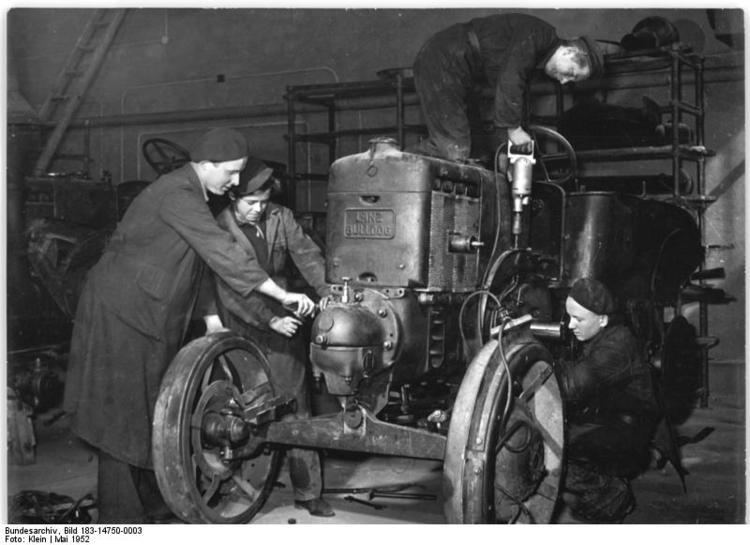 | ||
Fixed position assembly refers to an assembly system or situation in which the product does not move while being assembled, this configuration is usually contrasted in operations management and industrial engineering with assembly lines. Dimensioning this system is very simple: considering CP as productive capacity and T as average assembly time, then N, number of working stations, is given by N=CP*T.
Contents
Advantages
Disadvantages
References
Fixed position assembly Wikipedia(Text) CC BY-SA
